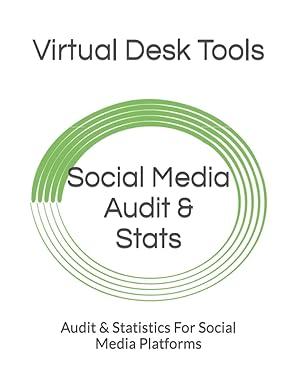Question
Read Case 2.2 Apple, Inc, from Auditing Cases by Beasley, Buckless, Glover and Prawitt. 6th edition. Answer the questions posted about the case in a
Read Case 2.2 Apple, Inc, from Auditing Cases by Beasley, Buckless, Glover and Prawitt. 6th edition.
Answer the questions posted about the case in a WORD document. Apply the risk domains to another company and describe how they apply or don't.
The starting point for performing a business risk analysis is to understand the external business environment in which the client operates. This analysis is an essential first step because it allows the auditor to properly frame the subsequent analysis of the client's strategy and internal business processes. Understanding the client's business environment enables the auditor to assess the sustainability of the client's business strategy and to identify critical business processes.
External business forces influencing business risk are:
customers aspects to consider include size and number of customers in industry, availability of competitor products or services, similarity of competitor products or services, ability of customers to switch to competitor products or services, complementary/substitute products or services, and desired qualities/features of products or services.
competitors aspects to consider include number and size of firms in industry, maturity of products or services in industry, production capacity of firms in industry, required capital investment to enter industry, availability/access to distribution channels, and legal or regulatory barriers to industry.
suppliers aspects to consider include number and size of suppliers in industry, number and size of customers for supplier products or services, relative importance of supplier products or services to client's products or services, similarity of supplier products or services, complementary/substitute products or services, and cost of switching suppliers.
Labor aspects to consider include required competencies of employees, availability of employees, and other employment opportunities for employees.
Capital market aspects to consider include availability of investors and creditors and alternative investment opportunities available to investors and creditors.
regulation aspects to consider include nature of and changes to regulatory oversight and global differences in regulatory oversight.
understand business Strategy
The next step in evaluating the client's business risk is to understand the client's strategy to gain a competitive advantage. The sustainability of a client's competitive advantage is dependent on the external business environment. Changes in the external business environment may render the client's current business strategy ineffective. An understanding of the client's business strategy is also necessary to identify critical business processes for the client.
Business strategies influencing business risk can be broadly categorized as:
cost leadship objective is to supply products or services at the lowest cost. Clients using this strategy have organizational structures and processes that promote cost control. These clients are primarily concerned with efficient production processes, lower input costs, lower overhead costs, and simple product design.
differentation objective is to supply products or services that are unique on some dimension valued by customers. Dimensions clients may use to differentiate include product/service quality, product/service features, product/service variety, product/service image, product/service support, or product/service delivery. Clients using this strategy have organizational structures and processes that promote creativity and innovation. These clients are primarily concerned with research and development, engineering, and/or marketing capabilities.
Regardless of the business strategy selected by a client, the other differentiation dimensions cannot be completely ignored. Clients focusing on cost leadership still must have products that customers desire and thus cannot completely ignore the product/service dimensions valued by customers. Similarly, clients focusing on differentiation still need to deliver their products or services at a reasonable price.
evalution of internal business Procesess
The final step in evaluating the client's business risk is to understand and evaluate critical business processes. Success of a business strategy is not automatic. Business strategies fail because of changes in the external business environment and/or flawed client business processes. Clients must implement business processes that develop and maintain the core competencies necessary to execute the business strategy and sustain competitive advantage.
Internal business processes influencing business risk are broadly categorized as:
control environment organizational processes concerned with integrity and ethical values, commitment to competence, board of directors and audit committee oversight, management's philosophy and operating style, organizational structure, and assignment of authority and responsibility.
risk assessment organizational processes concerned with identification and analysis of risks associated with achieving business objectives.
control activities organizational processes concerned with the execution of business strategies and achievement of business objectives. This includes core business processes related to product/service development, production, marketing, distribution, employee relations, supplier relations, and customer relations.
Information and communication system financial and non-financial information concerned with the measurement of the progress toward achievement of business objectives.
monitoring system organizational process for evaluating the design, operation, and effectiveness of business processes.
Step by Step Solution
There are 3 Steps involved in it
Step: 1

Get Instant Access to Expert-Tailored Solutions
See step-by-step solutions with expert insights and AI powered tools for academic success
Step: 2

Step: 3

Ace Your Homework with AI
Get the answers you need in no time with our AI-driven, step-by-step assistance
Get Started


